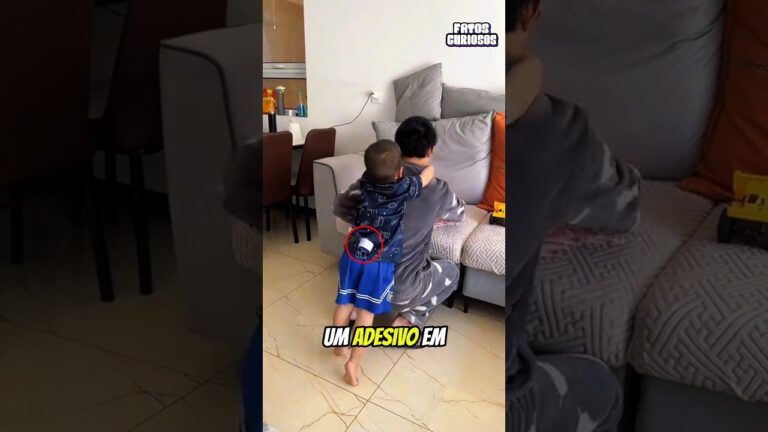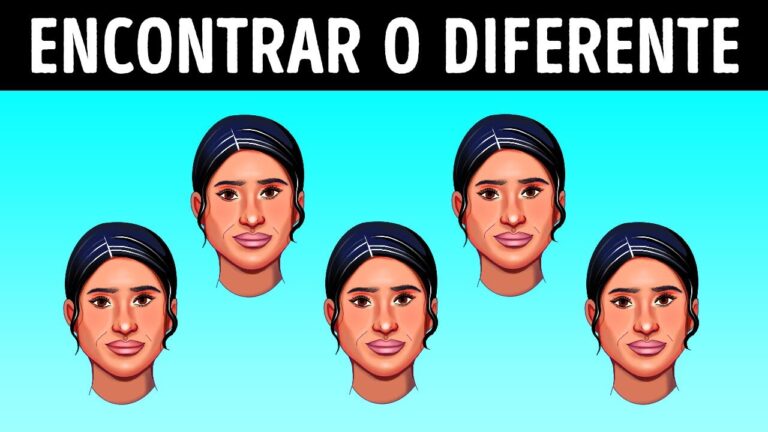A MINI CASA TEM LUZ: Instalação elétrica concluída!
Our work keep going, so today it's time to do the electrical part. It's time to bring electrcity to our little house. In the previous episode, we installed the water lines in our little house and it turned Out beautifully, everything working beautifully. But water alone is not enough, We need to install the electrical part as well. And the question is how does the Energy get from the light pole outside to the light bulb above your head? So, today, together with Amigo Construtor, who is supporting our work, we are going To do the electrical part of our little house. Let's start by erecting this pole. I know, it's a shame, but there's nothing you can do. All the wires that we're passing here go through a straw, and it's representing this, Look, which is a conduit. This one usually goes inside the wall, it's super elegant You can't see anything that's going on there, but it has the disadvantage… if you Need to do a renovation. you will have to break everything. That's why here in the Manual, when we reformed some things in the house, we used this one that is external, It's much easier. In our little house, on this wall where the box is, everything Is external, but the rest of the house we chose to leave it inside the wall to make it more beautiful. The problem is that it takes a lot of work, because just like with the water lines, We have to break the wall to pass the conduit. We are using a micro grinder to cut our concrete blocks. Basically, how does the electrical system of a house work? Three wires will come from the pole, these two red ones are the phases and the blue one is the neutral. In a very simplified way, we can say that the phase is where the energy arrives and the neutral is where the energy leaves. Down here, there's the meter board, which is everyone's fear because this equipment registers how much energy we're using. But here there are also two switches, each one is connected to a phase and here is The main switch for the house, if you need to cut power to the whole house, you come Here and "tec". There is also the ground connection, which is a metal stuck in the Ground, a wire will come out of it, which here in the measurement frame joins with The neutral. G round connection is very important because it protects your home. If lightning strikes somewhere along the way and it enters the meter box, a lot Of that energy goes to ground and doesn't make it into your house. It also protects you against short circuits and stabilizes the neutral. But what really needs to go into the house are these three wires, two phases and a neutral. Now, if we take a socket like this one, which one of these wires does it connect to?
If you are going to connect a device that works with 127 volts, you will have to use The neutral and one more phase, either of the two phases. If it's a 220 volt device, you'll use two phases. Here in São Paulo almost all sockets Are 127 volts, so one part of the house uses one phase and the neutral and the other Part of the house uses another phase with the neutral. This is important to put Less pressure on the electrical network. That's why sometimes the power goes out, But only half of the house goes down. You notice that one part is lit, another part Is dark… it's because only one phase has dropped. The other is still working. Before we continue this wire into the house, one important thing, this whole scheme That we are showing here is generic, okay? This is what happens most of the time, But there are several houses with different connections. There are houses, for example, That only have one phase coming in, there are only two wires. Arriving at the house, then, we will have a distribution board because it works more or less like a tree, right? It has a main trunk and then you have to share a bunch of sockets, lighting, showers and everything else. But there is something very important inside here, which are the circuit breakers, Those little switches that go tec tec and when you do something wrong with an outlet, the thing turns itself off. What is this little thing for besides being a switch? It is very important because it does not let more energy pass than it should. If You try to connect, for example, an electric oven, a microwave, an iron, a hair dryer, All in the same socket, it will turn off by itself. The circuit breaker has a power Limit that it lets through. If you go beyond that limit, it may be that the wires Start to heat up and, then, ultimately, it may even catch fire in the house. Then it shuts down and protects you. Here at the distribution board, a ground connection also arrives and it will be distributed To the rest of the house along with the phases and the neutral. Now, look how cool, if you have a 220 volt shower, for example, what wires do you have to get to it? Phase, phase, because it's 220, and a ground to protect you from a shock. In a 127 volt socket it is different. There will be a phase, ground connection and neutral wire. Looking at the socket, you can see here, look, the neutral is on the left, so you Know that on the opposite side there will be the phase and in the middle is the ground connection. And yet another case is lighting. Here, for example, we use 127 volt lamps and, then, you don't have ground connection, it will only be phase and neutral. From my drawing, it might give the impression that, I don't know, it's a circuit breaker
For the shower, another for the socket and another for the 127 volt lamp, but that's Not quite the case. Generally, you separate between rooms, so you might have a breaker That's just for the outlets in a room, another breaker that's just for an energy-hungry Shower, or a washing machine. Here in the Manual do Mundo, because the house is So big, the light board has a bunch of breakers separated by many different rooms. And this is very important because, when there is a problem somewhere, the circuit Breaker in that place just trips. Imagine if there was a problem with a socket and The whole house was without power until you found the problem? And there is one More thing that is super important, it makes a lot of difference in the budget of The work, which is the thickness of the wires. The wires that arrive here at the Distribution board have to be very thick because they will carry energy throughout The house. The shower wires, which is an appliance that uses a lot of energy, are Also thick. Now, for lighting, for example, all led lamps, it costs almost nothing, It can be a thin wire. If you use a thinner wire than you should somewhere along The way, the wire will heat up, and it stands to reason that heating it up takes Energy, so you're wasting energy. You may not be able to connect things, a heavy Machine, for example, or even burn appliances because of this, if you have everything Right, the circuit breaker will trip and if you don't have everything right, in the Worst case, it catches fire. Look, everything I showed you, distribution box, circuit Breaker, wire, plug, conduit, you can find it at Amigo Construtor's store. In fact, There you find everything for your work. So, if you're building or renovating your House, visit the Amigo Construtor website, it's super easy to buy what you'll need. Check it out, switch, junction box, lamp socket, here you have everything from cement To paint. In every place in our house that will have a switch or an outlet, you need to place a passage box. And look at our mini passage boxes that we made in 3D, it turned out really cool. On the ceiling it is common to have round boxes that serve to connect the lights. In our case, we are using these bottle caps. To simulate the lamps, we will use White LEDs. All you have to do is attach it to this nozzle, which, in our case, Is an electronics connector. To simulate the light switch, we are using this mini Seesaw switch. It fits right and looks cute, check it out. To make the sockets, We decided to use this three-way Kk connection, it was similar, right? Each socket Has three prongs, including the ground connection there. In the bathroom it will Not be possible to put a shower that really heats up, it draws so much energy that It would melt the plastic. But we are going to get as close as possible, so, there
Is already a water outlet, instead of the shower, we put an LED that lights up and It is being powered by two phases, as we explained. In our case, we are using 12 volts, so 24 volts arrive in the shower. It's time for the butterflies in the stomach. More than a week everyone working in this little house here and we still don't know if it works or not. The energy from the street is coming from this source, it provides two 12 volt outputs Plus the ground, which in this case will be the neutral. So, it simulates exactly what arrives at a person's house. Let's turn on the source. In our meter box, we wanted to simulate a clock by placing a voltmeter and a perimeter, But both burned out. So, for now, it will stay like this, later, in the final version Of the little house, we will fix it. Only the general keys work. Let's do it. Nothing happened. There's the switchboard, let's see if it's off, I hope that's it… Look, in the distribution box, the circuit breakers are not real, they are just switches, But the distribution really happens, ok? We are simulating 5 circuit breakers. The shower turned on, we're not going to take a cold shower in this house. Now, the next one, we left all the switches off, I'm going to turn them on one by one and see if it works. The room has light! Come on, let's go to the library. Little switch here… We Have light in the library. Let's go to the bathroom. You can't even see the switch On this side here. Wait, Felipe will record for you. Come on, come around. This bathroom is really cool. Look at the ladder. One, two, three and… Let's go downstairs. Living room… and sconce. Oh man! What the heck, there's only one room left. Kitchen. One, two, three and… Is that thumbs up worth it? Last thing for us to approve the electrical part of the house. Let's plug in a fan. Look how beautiful the tip is, I'll fit it in the socket and… Uow! Electrical part ready! There's no cold shower, we aren't in the dark, it's not hot… Proud Amigo Construtor.
What will be next? This little house is almost becoming the saga of the submarine, Huh? We already have three really cool videos. The first is the masonry, how did We build all this concrete part, then the water and, today, you watched the electrical Part. If you haven't watched the previous ones yet, click on our playlist which is really cool.







